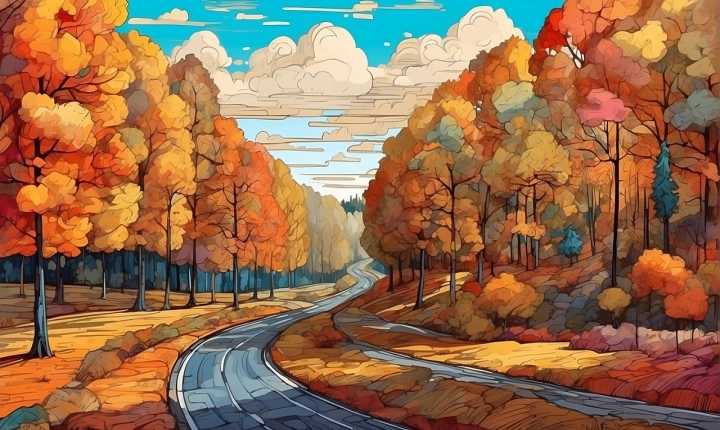“Have you ever wondered who the rightful owner of AI-generated art is? As the use of artificial intelligence in creating art becomes more prevalent, questions about ownership and intellectual property rights have started to arise. Let’s delve into this intriguing topic and explore the implications of owning AI art.
The emergence of AI-generated art has disrupted the traditional understanding of artistic creation, blurring the lines between the roles of human artists and machines. AI algorithms are capable of producing stunning visual and auditory artworks, raising the question of who should be credited as the creator of such pieces. While human artists have historically claimed ownership of their works, the concept of AI-generated art ownership presents a new and complex challenge.
One of the main arguments in favor of owning AI art is the significant creative input and guidance provided by human creators. Even though AI algorithms generate the art, they do so based on the initial input, guidance, and preferences set by the human artist or programmer. This argument suggests that the human creators should have ownership rights over the AI-generated artworks.
On the other hand, opponents of owning AI art argue that since the AI algorithms are the ones physically producing the art, they should be considered the creators. They emphasize the autonomy and independent decision-making abilities of AI, which, according to them, warrant the recognition of AI systems as creators in their own right. Additionally, they claim that granting ownership to human creators may stifle the potential for AI to evolve as an independent artistic medium.
Legal systems are also grappling with the concept of owning AI art. Traditionally, copyright laws have been designed to protect the works of human creators, but they do not explicitly address the ownership of AI-generated art. As a result, there is a lack of clear legal framework to govern the ownership and rights related to AI art. This legal uncertainty further complicates the issue, leading to a lack of consensus on who should own AI-generated art.
In light of these complexities, some initiatives have emerged to address the legal and ethical implications of owning AI art. For example, there are proposals for new intellectual property laws that specifically address the ownership of AI-generated works. These proposals aim to provide clarity and establish guidelines for determining ownership rights, ultimately seeking to protect both the interests of human creators and the potential of AI as a creative tool.
As technology continues to advance, the debate surrounding the ownership of AI-generated art is likely to persist. It is essential for stakeholders across the art, technology, and legal sectors to engage in meaningful discussions to navigate this evolving landscape. Finding a balance that respects the creative contributions of humans while recognizing the unique capabilities of AI is crucial for fostering a fair and sustainable environment for AI-generated art.
In conclusion, the issue of owning AI art raises thought-provoking questions about the evolving nature of art creation and ownership. While there is no definitive answer at present, the ongoing dialogues and initiatives aimed at addressing this issue will play a crucial role in shaping the future of AI-generated art. It is an exciting and challenging time for the art world, as it continues to adapt to the transformative potential of artificial intelligence.”
